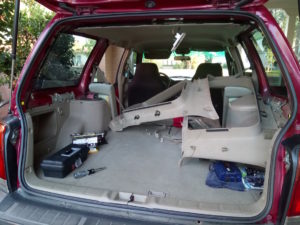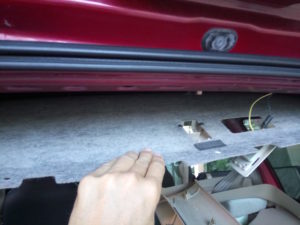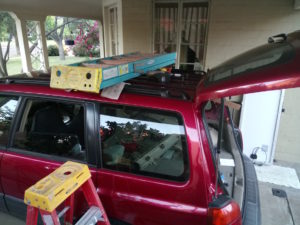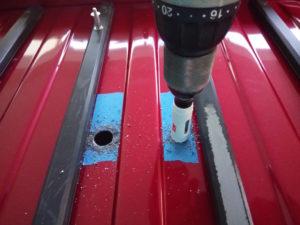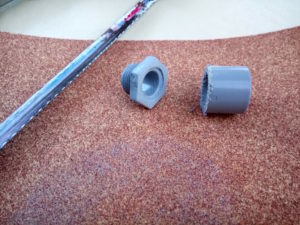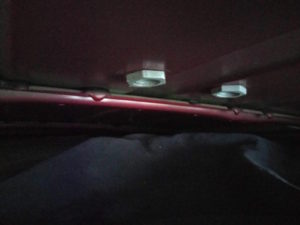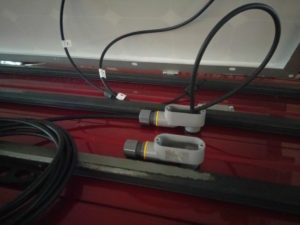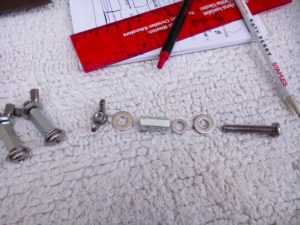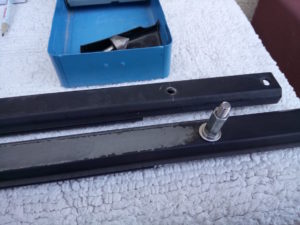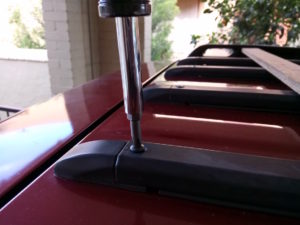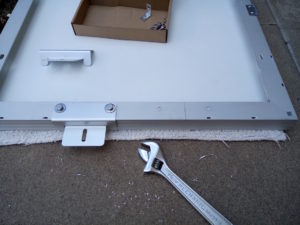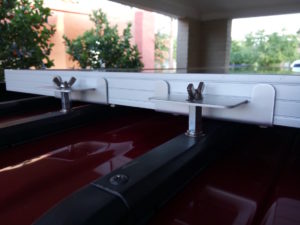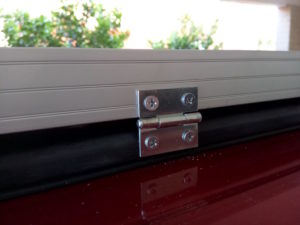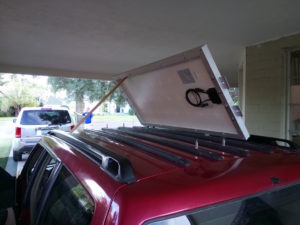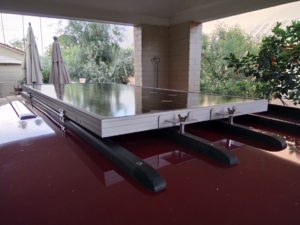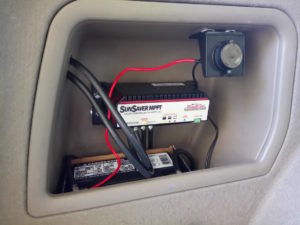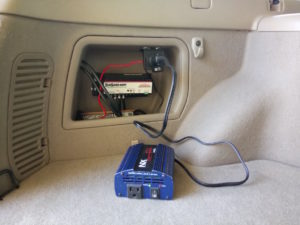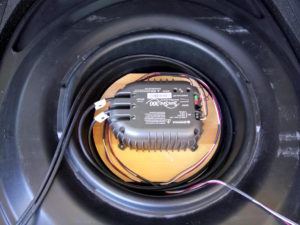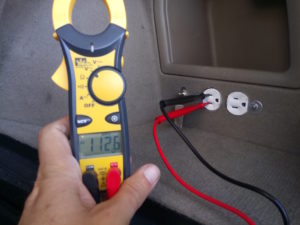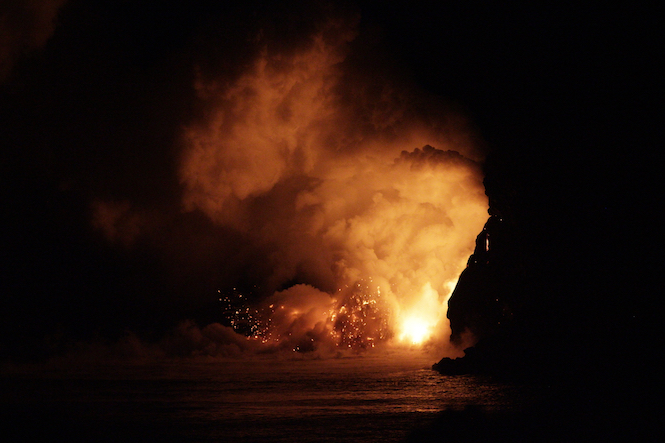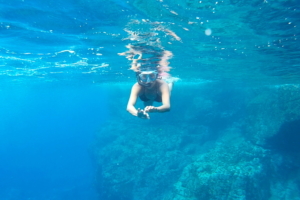What I Learned from the Road V
This week my film LIGO Detection took second place at the Raw Science Film Festival, in the category of Professional Documentaries. It was a truly enjoyable experience, a show well run.
After two days with my family friend and mentor Carl Berglund in Pasadena, the rains came and the road I had traveled from Santa Barbara to Pasadena was closed. People lost their lives to the fire, and then the mud slides that came with the rain. It seems so much is happening on such a frequent, large scale. Sometimes it feels as though we are living in the doomsday science fiction movies I watched at a teenager. Do zombies come next?
Tuesday night I arrived to a cool, wet Joshua Tree National Park. I slept in the passenger seat of my car, sharing a camping spot with a former stranger as we almost always do this time of year, This park is one of the most popular rock climbing destinations in North America, the camping spots doubled-up November through March. But climbers are generous that way, sharing space, food, a campfire and stories.
For five days I enjoyed the frigid nights, cool mornings, and warm afternoons. The rapid change of temperature reminds one of how a desert is intended to feel, the heat of the day rapidly giving way to the chill of the night once the sun has set.
It was a time for climbing, running, writing, cooking, living out-of-doors, and spending time with new friends. It was a time of renewed focus and reduced anxiety, a time for living simply, or perhaps, simply living.
